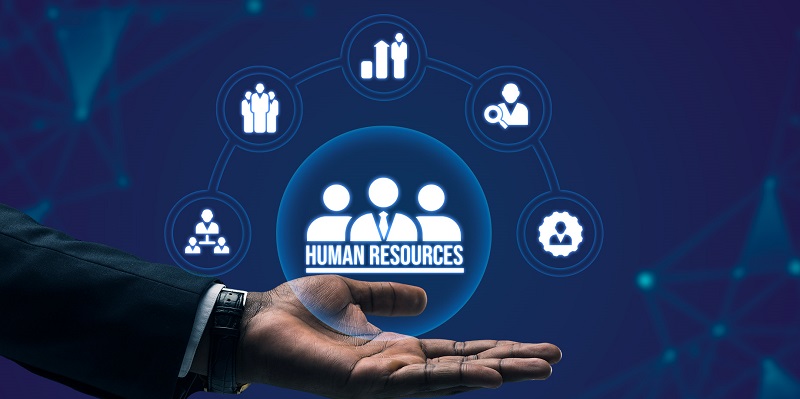The impact of technology on human resource management has been significant, bringing about both improvements and new challenges. While streamlining certain processes, it has introduced a multitude of choices in the HR software market. Additionally, training employees on new HR technology can be a complex task, especially without proper vendor support. However, with transparent communication and a robust change management plan, these challenges can be effectively addressed. Ensuring compliance with applicable laws and overcoming data management and integration challenges are also crucial considerations for HR professionals. This article provides an in-depth exploration of these issues and offers solutions for navigating the challenges of technology in human resource management.
The challenge of choice in the HR software market lies in the plethora of options available, which can be overwhelming for HR leaders tasked with selecting the right solution for their organization. The pressure to invest in an all-in-one HR system adds further complexity. It is crucial for HR professionals to carefully assess their organization’s unique needs, considering factors such as scalability, functionality, and integration capabilities before making a decision. This process entails conducting thorough research, seeking expert advice, and consulting with IT professionals to ensure that the selected software aligns with the organization’s strategic goals and HR needs.
Difficulties in Training Employees on New HR Technology
Implementing new HR technology often requires comprehensive training for employees. However, the lack of vendor training support can pose significant challenges. To overcome this obstacle, HR professionals must take a proactive approach and develop an internal training program to equip employees with the necessary skills and knowledge to utilize the new HR technology effectively. Transparent communication is also crucial during the training process to address any concerns or confusion and ensure a smoother transition.
Implementing a Change Management Plan
Transitioning to new HR technology requires a well-structured change management plan. By involving employees in decision-making and supporting them throughout the process, resistance to change can be minimized, and employee engagement can be maximized. Communication channels should be established to provide updates, address concerns, and gather feedback from employees. This approach fosters a culture of openness and facilitates a successful transition to new HR technology.
Ensuring Compliance with Applicable Laws
Non-compliance with HR laws can have severe consequences for an organization. HR leaders must take responsibility for staying updated on relevant legal requirements and ensuring that the company’s HR technology shares updated compliance information. By integrating compliance features into the HR software and regularly reviewing and updating HR policies and procedures, HR professionals can ensure that their organization remains compliant and minimizes legal risks.
Data Management and Integration Challenges
With multiple systems that are not well integrated, HR employees face the challenge of managing and exporting data, often leading to data discrepancies and inefficiencies. It is crucial for HR professionals to collaborate closely with IT professionals to understand the implications of integrations and system capabilities. This partnership allows for effective data management, ensures data integrity, and enhances the organization’s overall HR processes.
Technology has revolutionized human resource management, introducing both improvements and challenges. HR leaders must navigate the overwhelming choices in the HR software market and carefully select solutions that align with their organization’s needs. Training employees on new HR technology requires a proactive approach and transparent communication. Implementing a robust change management plan that involves employees in decision-making and supports them throughout the transition is crucial for success. Compliance with HR laws is essential to prevent legal repercussions, and effective data management and integration strategies must be adopted to ensure data integrity and optimize HR processes. By addressing these challenges head-on, HR professionals can leverage technology to empower and drive organizational success in the modern era.

